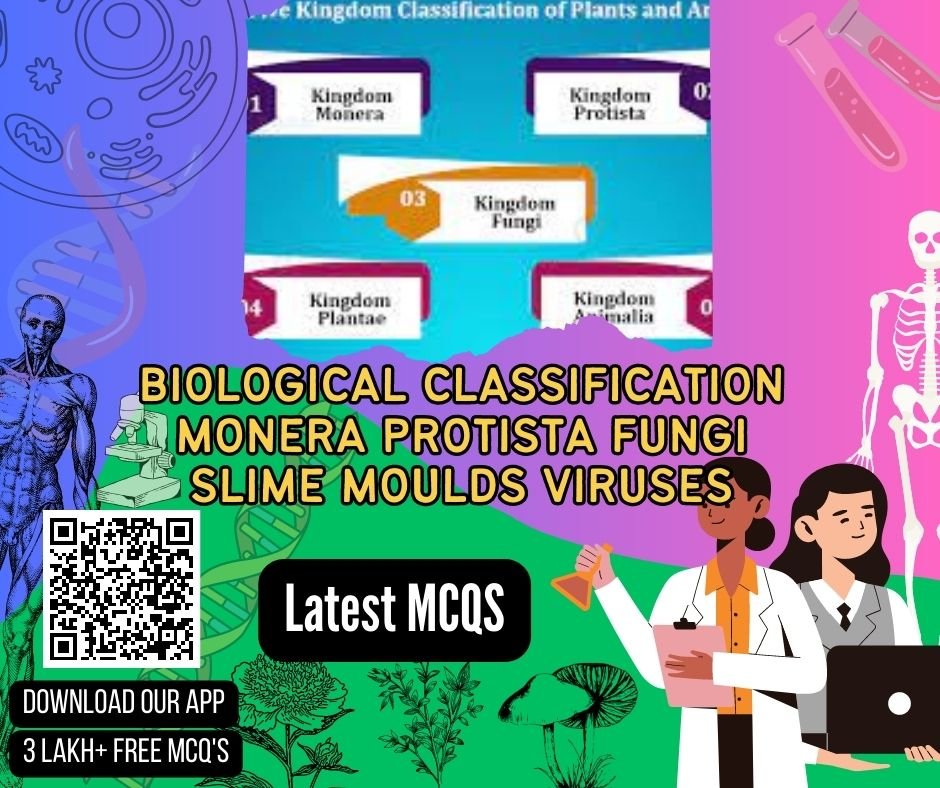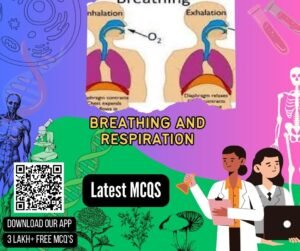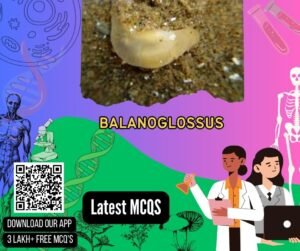Biological Classification Monera Protista Fungi Slime Moulds Viruses – Biology GK MCQ ( जैविक वर्गीकरण मोनेरा प्रोटिस्टा कवक स्लाइम मोल्ड्स वायरस )
Welcome to our comprehensive MCQs page on “Biological Classification,” delving into the fascinating world of Monera, Protista, Fungi, Slime Moulds, and Viruses. Designed to aid your preparation for various exams across different sectors, including UPSC IAS and more, our MCQs have been curated from previous year papers to provide you with valuable practice material and insights into the diverse realms of life.
Why Choose Our Biological Classification MCQs?
- Extensive Coverage: Our MCQs encompass a wide spectrum of topics, including Monera, Protista, Fungi, Slime Moulds, and Viruses, making it a comprehensive resource for exam preparation.
- Exam-Relevant Content: The questions have been carefully selected to align with the syllabi of prominent competitive exams, ensuring that you focus on what truly matters.
- Real Exam Experience: By attempting MCQs from past papers, you can simulate exam scenarios, hone your problem-solving skills, and boost your confidence.
- Expertly Vetted Questions: Our team of subject matter experts has meticulously reviewed and curated each question to guarantee accuracy and relevance.
- Stay Updated: Our question bank is regularly updated with the latest trends and developments in biological classification, keeping you ahead of the curve.
- Track Your Progress: Use our MCQs to track your progress and identify areas that require more attention, enabling targeted and efficient study.
- Versatility: Whether you’re an aspirant for UPSC IAS or any other competitive exam, our MCQs cater to the needs of students from diverse academic backgrounds.
Embark on a journey to understand the intricacies of biological classification and prepare with confidence using our MCQs. Ace your exams and unravel the wonders of life’s diverse kingdoms!
Biological Classification Monera Protista Fungi Slime Moulds Viruses – Biology GK MCQ – Previous Year Questions
Question:
Which of the following option does not belong to Ascomycetes?
Question:
Select the wrong statement : [NEET 2018]
Question:
Oxygen is not produced during photosynthesis by .. [ NEET 2018]
Question:
Ciliates differ from all other protozoans in [NEET 2018]
Question:
Chemosynthetic and anoxygenic photosynthesis are common in the following kingdom:
Question:
Which among the following description is wrong about chrysophytes?
Question:
Septate mycelium and dikaryon formation is common in the following class/classes of fungi:
Question:
Which is the smallest plant virus?
Question:
iatoms and golden algae belong to:
Question:
The powerful hallucinogen LSD is obtained from a fungus:
Question:
elect the correct combination of the statements (a-d) regarding the characteristics of certain organisms: (a) Methanogens are Archaebacteria which produce methane in marshy areas. ( b) Nostoc is a filamentous blue - green alga which fixes atmospheric nitrogen. (c) Chemosynthetic autotrophic bacteria synthesise cellulose from glucose. (d) Mycoplasma lacks a cell wall and can survive without oxygen.
Question:
Match the following:
Column I Column II Column III
a) Ascomycetes (i) Trichoderma p) Aplanospores
b) Phycomycetes (ii) Neurospora q) No sexual spores
c) Deuteromycetes (iii) Albugo r) Conidiospores
d) Basidiomycetes (iv) Amantia s) Oospores
Question:
How many of the following fungi belong to the class Ascomycetes. Ustilago, Trichoderma, Aspergillus, Albugo, Saccharomyces, Mucor, Lycoperdon, Claviceps, Amantia, Neurospora, Penicillium.
Question:
Which among the following are protistan algae?
Question:
Choose the correct match:
Question:
Obligate parasitic fungi on plants are seen in:
Question:
Trichodesmium erythreum causes red sea, but red tide is caused by some members of dinoflagellates, it also causes paralytic shell fish poisoning due to a toxin called Saxitoxin. The member is: `
Question:
Hook shaped outgrowth or clamp connections are used for proper distribution of dikaryon at the time of cell division. It is found in which group of fungi:
Question:
ow many organisms in the list given below contain the fruiting body- Ascocarp? Saccharomyces, Agaricus, Pythium, Ustilago, Peziza, Neurospora, Erysiphae, Penicillium, Rhizopus, Claviceps.
Question:
Prions are composed largely of Prp-proteins, discovered by Stanley B Prusiner. The disease associated with Prions is/are:
Some Important Links








